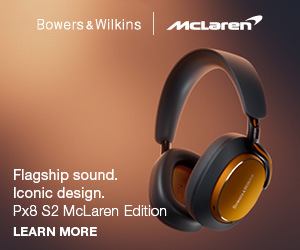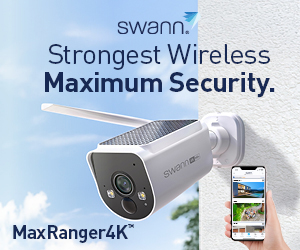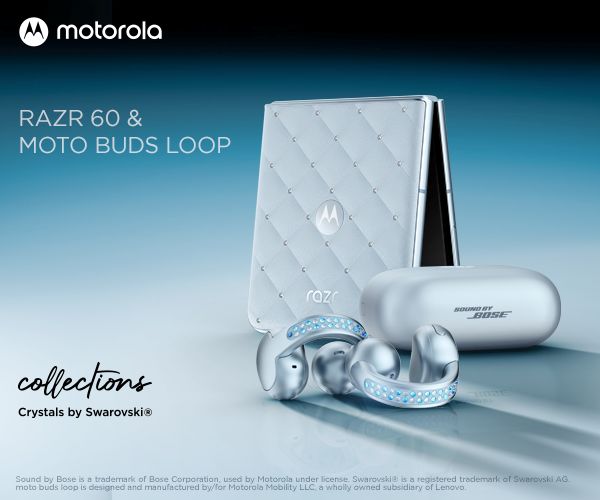TP-Link has successfully tested Wi-Fi 8, but certification for consumer use is not expected until sometime in 2028. Unlike Wi-Fi 7, which focused on bandwidth and speed, this is more about low latency and ultra-high reliability.
Wi-Fi 8, or IEEE 802.11bn, has an ultra-high reliability (UHR) standard, which improves coordination between P2P (peer-to-peer) devices that talk to each other and networks, providing real-time, mission-critical use cases like autonomous systems and advanced industrial automation.
So for the most part, consumers will still buy Wi-Fi 7 routers and get a good five to ten years’ life out of them.
Here are some of the planned Wi-Fi 8 features.
As it is not yet certified, features could change by the time it is available to consumers.
- Same 2.4/5/6 GHz spectrum and 4096 QAM as Wi-Fi 7
- Multi-AP (satellite) coordination: Enhances collaboration between multiple access points to optimise spectrum usage, improve coverage, and reduce interference.
- Better use of OFDMA and MLO for wireless backhaul
- Smarter power management: Allows APs to dynamically scale down capabilities like spatial streams, bandwidth, and transmission power to conserve energy.
- Better edge-to-edge coverage at the limits of Wi-Fi transmission to reduce dropouts
- Better DRU management of overlapping router/satellite signals (less interference)
- Dynamic Sub-channel Operation DSO/ Non-Primary Channel Access NPCA optimises performance when there is a disparity in the channel bandwidths among devices.
- Single mobility domains for seamless roaming
- Reduced latency <10ms refines Quality of Service to become Quality of Experience with enhanced performance for latency-sensitive applications with Enhanced or High-Priority EDCA (HIP EDCA)
- Distributed Resource Units (dRU) for 6 GHz low-power indoor (LPI) devices allocated tones across a wider bandwidth, reducing the number of tones per MHz, boosting uplink OFDMA transmission power.
- New protocols for AR/VR and health monitors
- Better cloud-based integration (the cloud could become part of your LAN)
- Better coexistence with Bluetooth, Utrawideband, and low-frequency HaLow
- Short-distance mWave from 24 to 100 GHz and up to 100 Gbps may be an option for compatible devices (subject to ACMA regulations)
- Possible ambient power transmission (no detail)
- Some AI and machine learning for network performance
In summary (many dependent on Wi-Fi 8 clients)
- Better use of the Wi-Fi 7 spectrum while remaining backwards compatible.
- Lower power use
- Better matching of the spectrum to Wi-Fi client needs
- Stability to the edge
- Designed for low-latency gaming and video conferencing
- Reduced interference from other RF devices
Wi-Fi generations
| Feature | Wi-Fi 5 | 6E AX 2019 | 6E AXE 2020 | Wi-Fi 7 BE 2024 | Wi-Fi 8 BN 2028? |
| Maximum speed | 3400Mbps | 9600Mbps | 9600Mbps | 48Gbps (48,000 Mbps) | 48 and 100Gbps (if mmWave is part of the spec). |
| Maximum channel bandwidth | 160Mhz | 160 | 160 | 320 | 320 (likely 2 and maybe 4 channels) |
| Frequency bands (GHz) | 2.4 and 5 GHz | 2.4, 5 GHz | 2.4, 5 and 6 GHz | Same | Same |
| Modulation | 256 QAM | 1024 | 1024 | 4096 | Same |
| Spatial streams | 4 | 8 | 8 | 8 | 8 |
| OFDMA | Yes | Same | Same | Same | |
| MU-MIMO | 4 x 4 DL only | 8 x 8 UL and DL (full duplex) | Same | 16 x 16 | Same plus DSO/NPCA |
| Target Wait Time | – | Individual, broadcast | Same | Restricted | Coordinated |
| OFDMA (RU per STA) | – | Yes (single) | Same | Yes (multiple) | Same |
| Multi-link Operation (MLO) | – | – | Yes | Same | |
| Multi-AP coordination | – | – | – | Yes | |
| DSO/ NPCA | – | – | – | Yes | |
| DRU | Yes | ||||
CyberShack’s view: Wi-Fi 8 is coming, but it may be years before you need it
Companies like Broadcom, Qualcomm, Intel and other chip makers are producing samples now.
TP-Link was the first to demonstrate a real working Wi-Fi 8 router and has a good overview of Wi-Fi 8 here.
Readers would get more benefit from installing Ethernet in their homes. Read What is Ethernet and why do you need it? (guide)
CyberShack’s key message is that Wi-Fi 7 rules, at least for the next few years, and you should not wait for Wi-Fi 8.











Comments